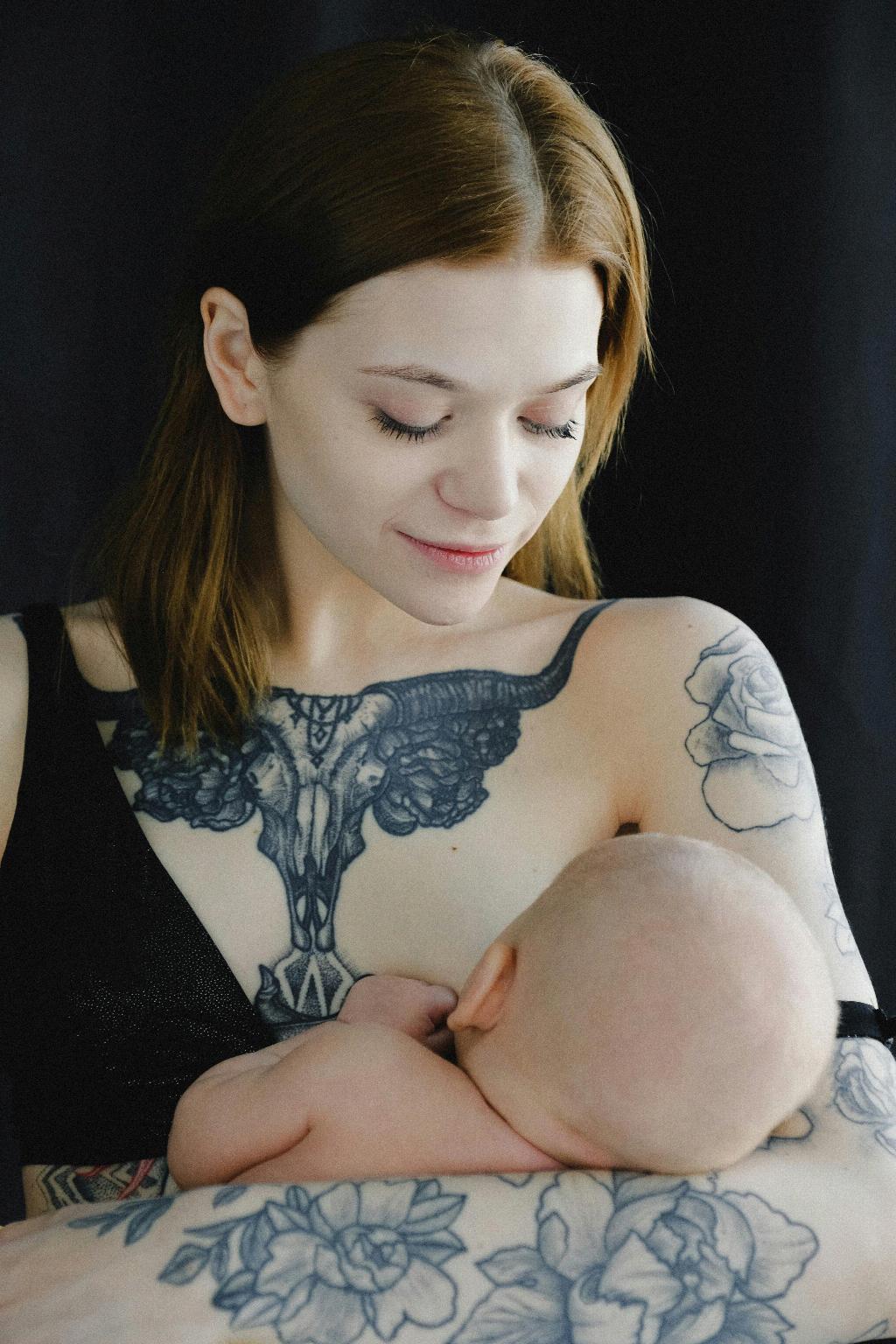If you’re a breastfeeding individual, you may have come across the term “nursing blister” or “milk bleb” at some point during your breastfeeding journey. But what exactly are these curious little blisters that can sometimes appear on the nipple?
Also known as milk blebs, nursing blisters are often considered a common occurrence in individuals who are actively breastfeeding. These tiny blisters are typically harmless and benign in nature, causing no significant harm or posing any serious health risks to breastfeeding individuals.
One of the key characteristics of nursing blisters is their association with inflammation in the milk ducts. Milk ducts, the small tubes in the breasts responsible for transporting milk to the nipples, can become inflamed, leading to the formation of these blebs on the nipple surface.
It’s important to note that nursing blisters are not indicative of any underlying fungal infection or a precursor to a more serious health condition. They are primarily a result of inflammation in the milk ducts, which can be triggered by various factors related to breastfeeding practices.
While nursing blisters are generally benign and don’t require immediate medical intervention, they can sometimes cause discomfort or sensitivity in the affected area. It’s essential to address any discomfort or pain associated with nursing blisters and seek support or guidance from healthcare professionals if needed.
In addition to causing discomfort, nursing blisters can also affect breastfeeding practices, as they may make latching or nursing more challenging for some individuals. Strategies for managing nursing blisters may vary depending on the severity of the condition and the individual’s specific circumstances.
Some individuals may refer to nursing blisters as “milk blebs,” highlighting their association with milk production and breastfeeding. While the presence of these blisters may be disconcerting for some individuals, it’s essential to recognize that they are a common occurrence and usually resolve on their own over time.
Despite their benign nature, nursing blisters can sometimes lead to blockages in the milk ducts, potentially affecting milk flow and causing discomfort. Taking proactive steps to address nursing blisters and manage any associated symptoms can help alleviate discomfort and facilitate a smoother breastfeeding experience.
Individuals experiencing persistent or severe nursing blisters that do not improve with home care techniques may benefit from seeking guidance from lactation consultants or healthcare providers. These professionals can offer tailored advice and support to address nursing blister concerns and optimize breastfeeding practices.
It’s essential for breastfeeding individuals to prioritize self-care and seek support when encountering challenges such as nursing blisters. Open communication with healthcare providers, peer support groups, or lactation consultants can offer valuable insights and guidance for managing nursing blisters effectively.
While nursing blisters may be a common occurrence during the breastfeeding journey, they are typically manageable and transient in nature. By staying informed about nursing blister causes and management strategies, breastfeeding individuals can navigate this aspect of breastfeeding with confidence and support.
Ultimately, understanding nursing blisters and their implications on breastfeeding practices can empower individuals to proactively address any challenges or concerns that may arise. With knowledge and support, navigating the presence of nursing blisters can become a manageable aspect of the breastfeeding journey for many individuals.

